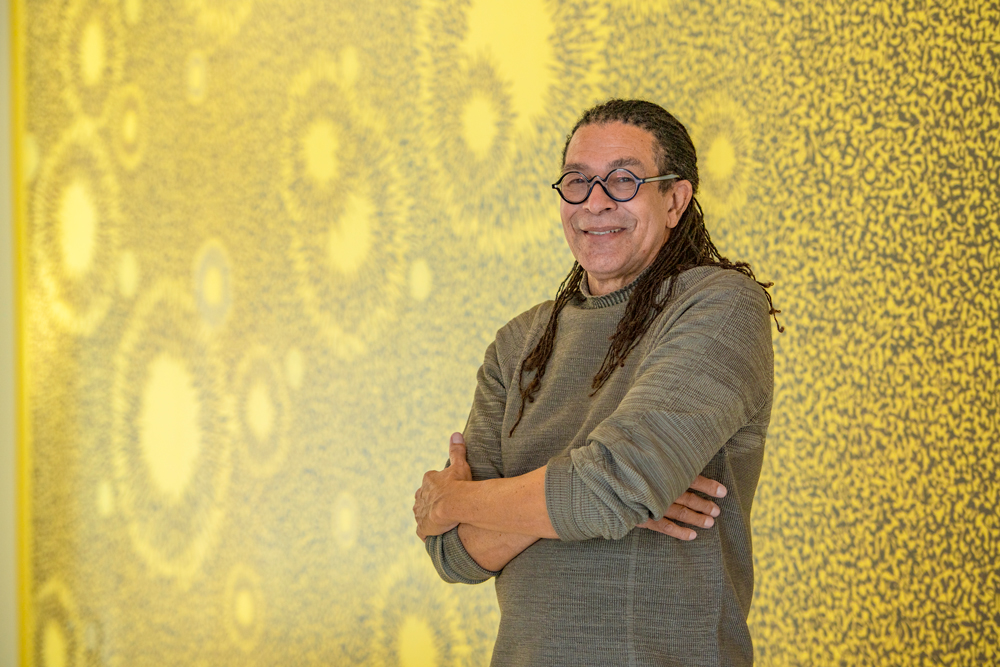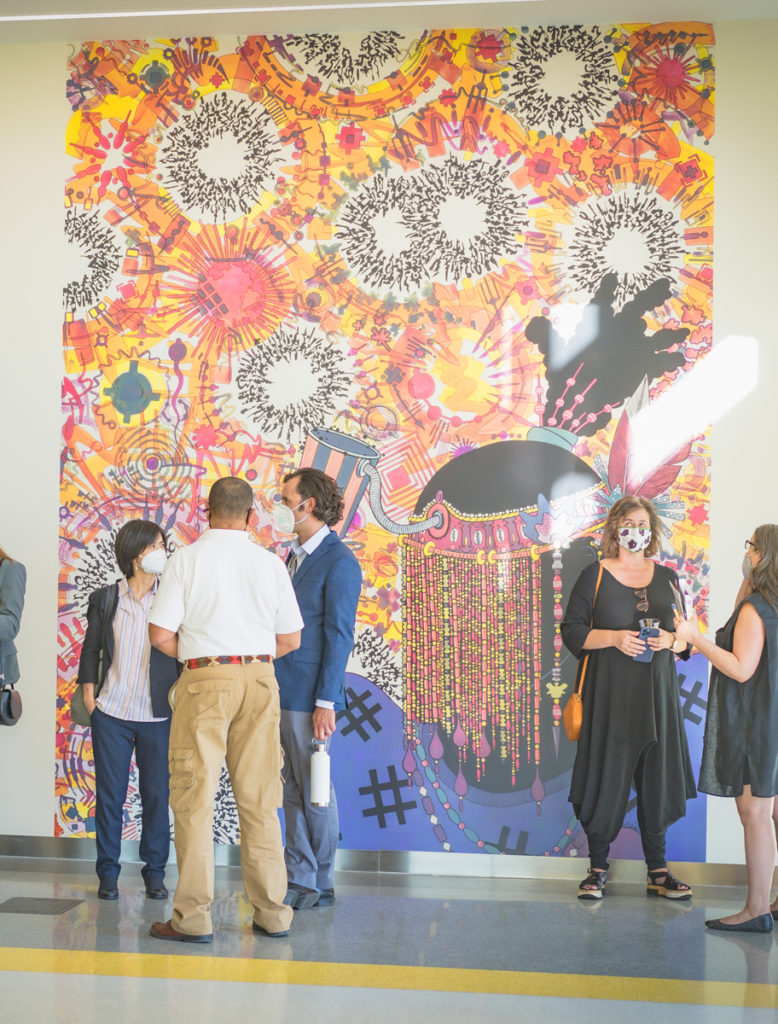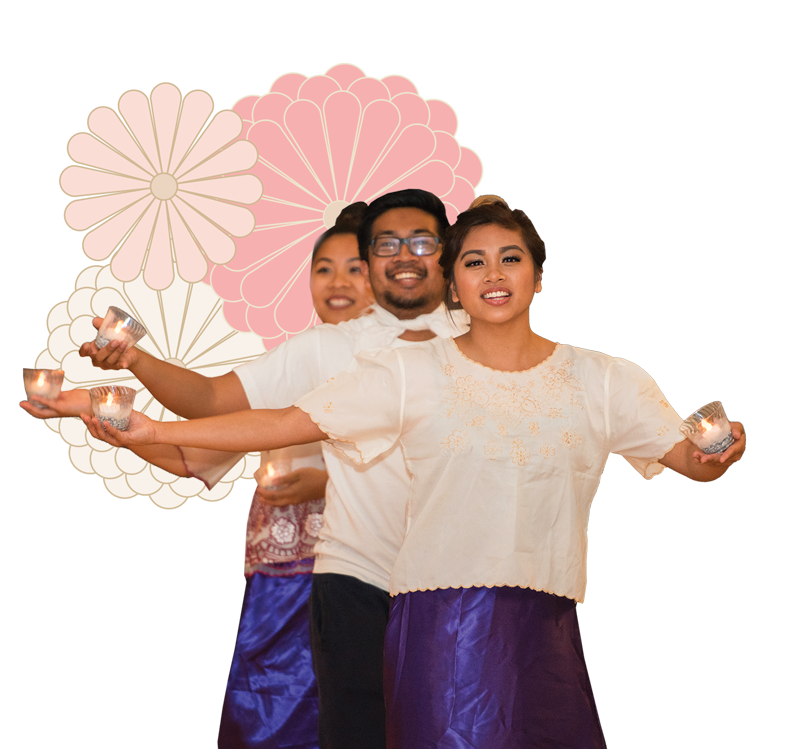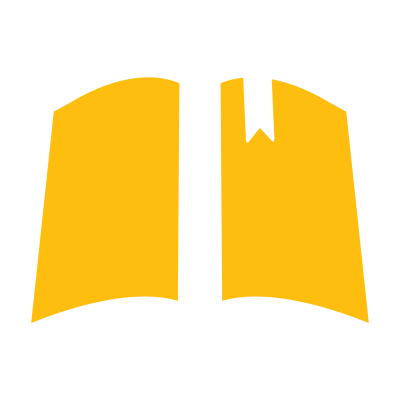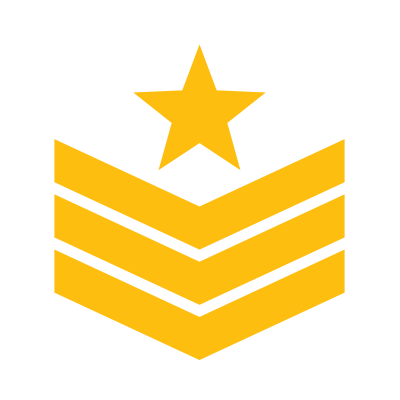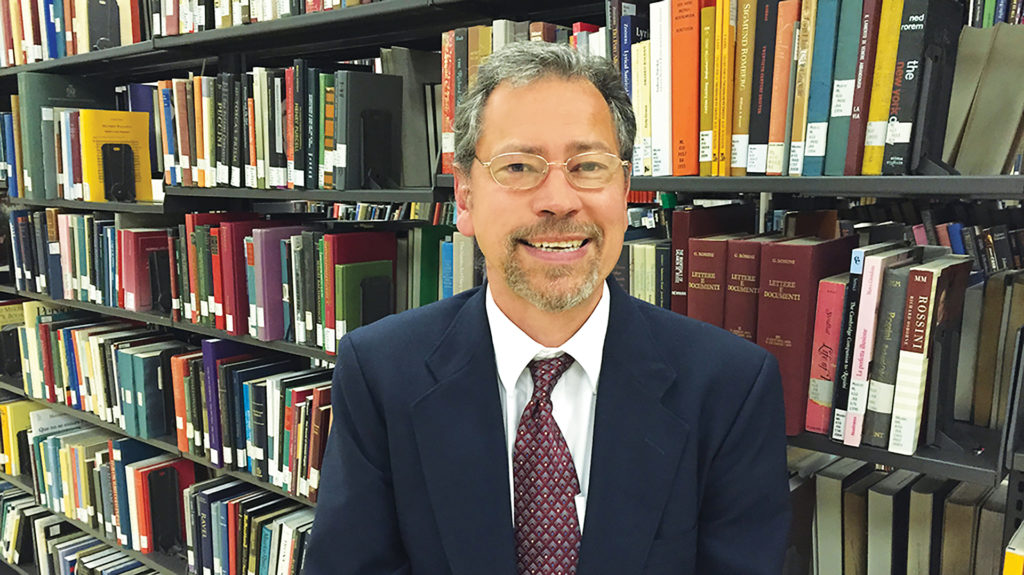CSUDH Welcomes Three New Deans
Three deans step into new roles at CSUDH, ready to support student success.
CSUDH welcomed three new deans to campus leadership roles during 2021, each bringing their unique experience, vision, and passion for helping students succeed to their role.
In June, Jessica Pandya took over as the dean of the College of Education. Pandya joined CSUDH after more than 15 years at CSU Long Beach. There, she served as a full professor in the Department of Teacher Education and Liberal Studies, and both an associate and assistant professor in the department. Prior to joining the CSU system, Pandya taught kindergarten, language arts, and was a master teacher. She holds a PhD and an MA in education from UC Berkeley.
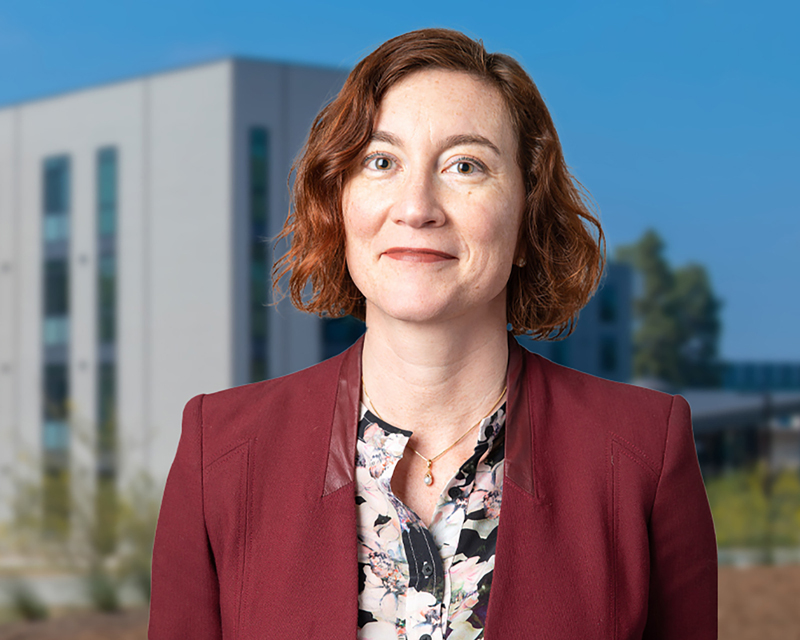
I am so excited to support the excellent work of the equity-minded faculty and staff in the College of Education at Dominguez Hills. I especially look forward to supporting students and strengthening the college’s many educational partnerships in the surrounding community.
– Dean Jessica Pandya
“I am so excited to support the excellent work of the equity-minded faculty and staff in the College of Education at Dominguez Hills,” said Pandya, who will focus her attention as dean on enhancing the college’s current degree and credential programs, and establishing new curriculum and innovative programs within the college and with external partners. “I especially look forward to supporting students and strengthening the college’s many educational partnerships in the surrounding community.”
In July, Sheree Schrager stepped into her new position as dean of Graduate Studies and Research, where she is responsible for leading and expanding the quality of graduate programs on campus, developing the university’s external funding portfolio, and developing policies and procedures related to these areas.
“The people of Carson, Compton, and Watts deserve access to a world-class institution of higher education—and academia needs their voices. Expanding funded research and graduate programs at CSUDH can create incredible opportunities right in their back yard,” said Schrager.
Schrager holds a PhD in psychology and master’s degrees in statistics and psychology from the University of Wisconsin-Madison. Prior to CSUDH, Schrager was the interim senior director of research and sponsored programs at CSU Northridge and served as the chief research officer. She has also held positions at the Keck School of Medicine and the Suzanne Dworak-Peck School of Social Work at the University of Southern California, and Children’s Hospital Los Angeles. She was inducted into the Society for Pediatric Research in 2015.
The people of Carson, Compton, and Watts deserve access to a world-class institution of higher education—and academia needs their voices.
– Dean Sheree Schrager
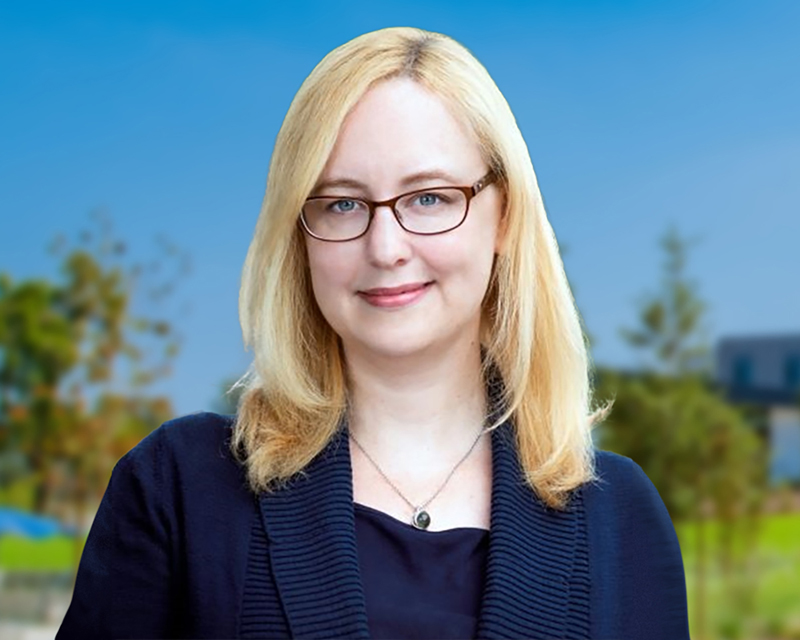
Mi-Sook Kim also started her new job in July, taking over as dean of the College of Health, Human Services and Nursing (CHHSN). As dean, Kim will lead the coordination of curriculum and program review for all programs in the college to ensure continued academic excellence and growth of the college.
Kim came to CSUDH from San Francisco State University (SFSU), where she was a professor in the Department of Kinesiology. Kim’s career in higher education began in 1990 as a research assistant working with faculty at Chung-Ang University in South Korea. She held positions as a research and teaching assistant at Purdue University and the University of Valencia in Spain before arriving at SFSU.
Kim currently serves on the board of directors of the American Kinesiology Association, and chairs their Student Awards Committee. In January 2017, Kim was awarded the organization’s Distinguished Leadership Award.
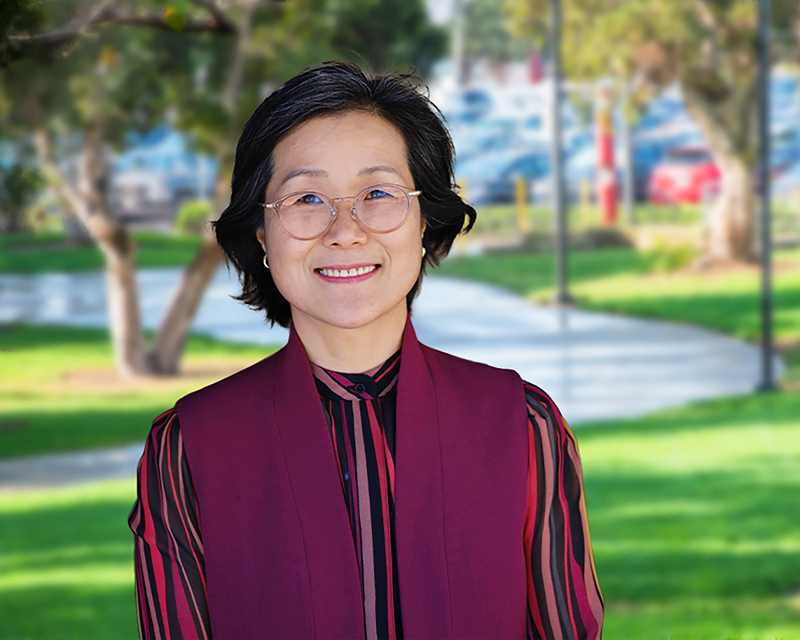
I am thrilled to join the team and help build on and highlight its excellence. Together, we will create a space where social justice and ethical thinking are embodied in our work.
– Dean Mi-Sook Kim
Kim holds a PhD in kinesiology, with a specialization in sport and exercise psychology from Purdue University, and an MS in kinesiology from Chung-Ang University, South Korea.
“CHHSN has a clear future-forward vision and mission to meet public needs and facilitate social change and transformation,” said Kim upon her appointment. “Higher education is moving in the direction of ensuring that our students are both civic-minded and career-ready upon graduation. CHHSN is at the center of this movement, and the faculty and students are doing innovative work in this interdisciplinary and cross-disciplinary environment. I am thrilled to join the team and help build on and highlight its excellence. Together, we will create a space where social justice and ethical thinking are embodied in our work.”

